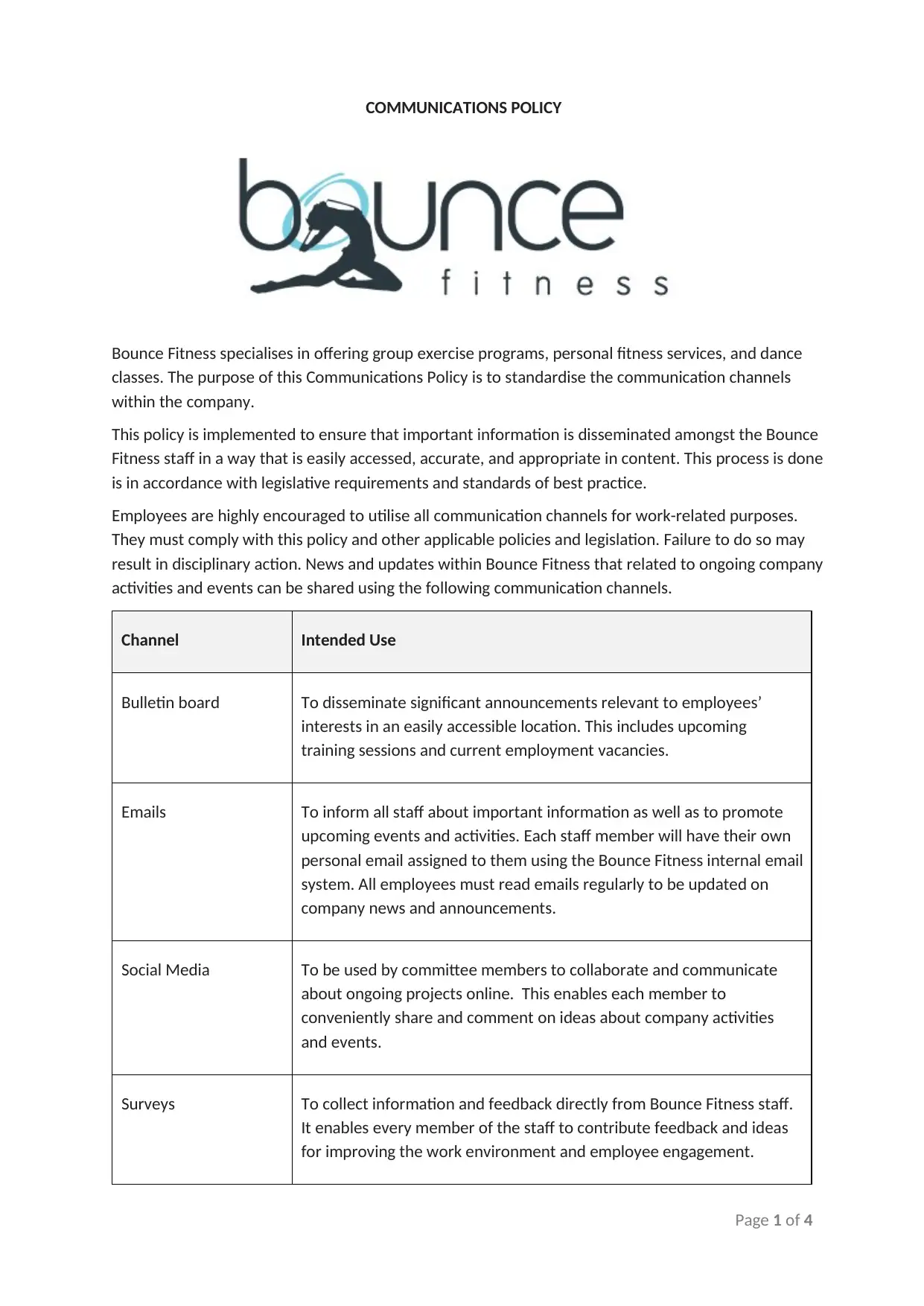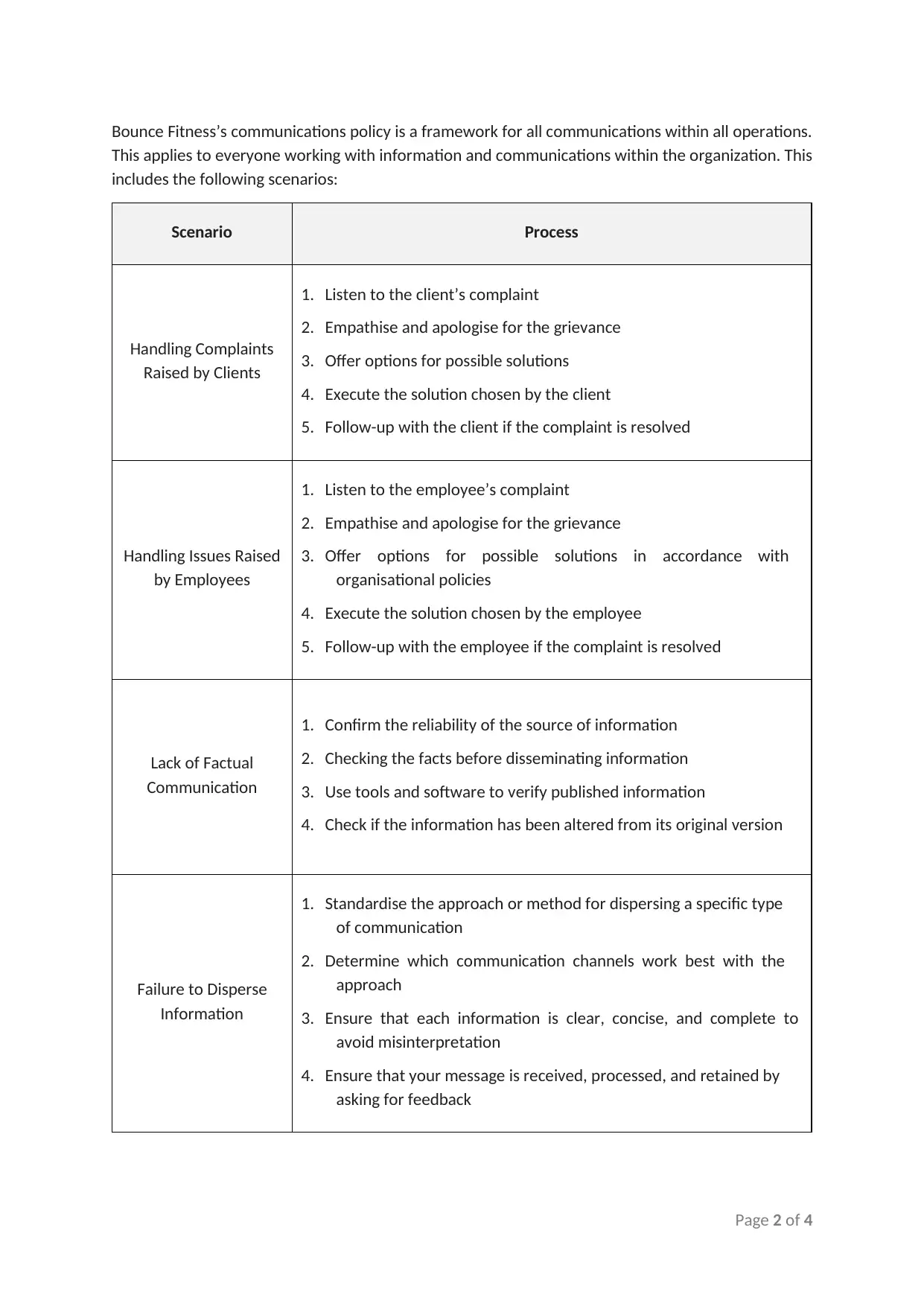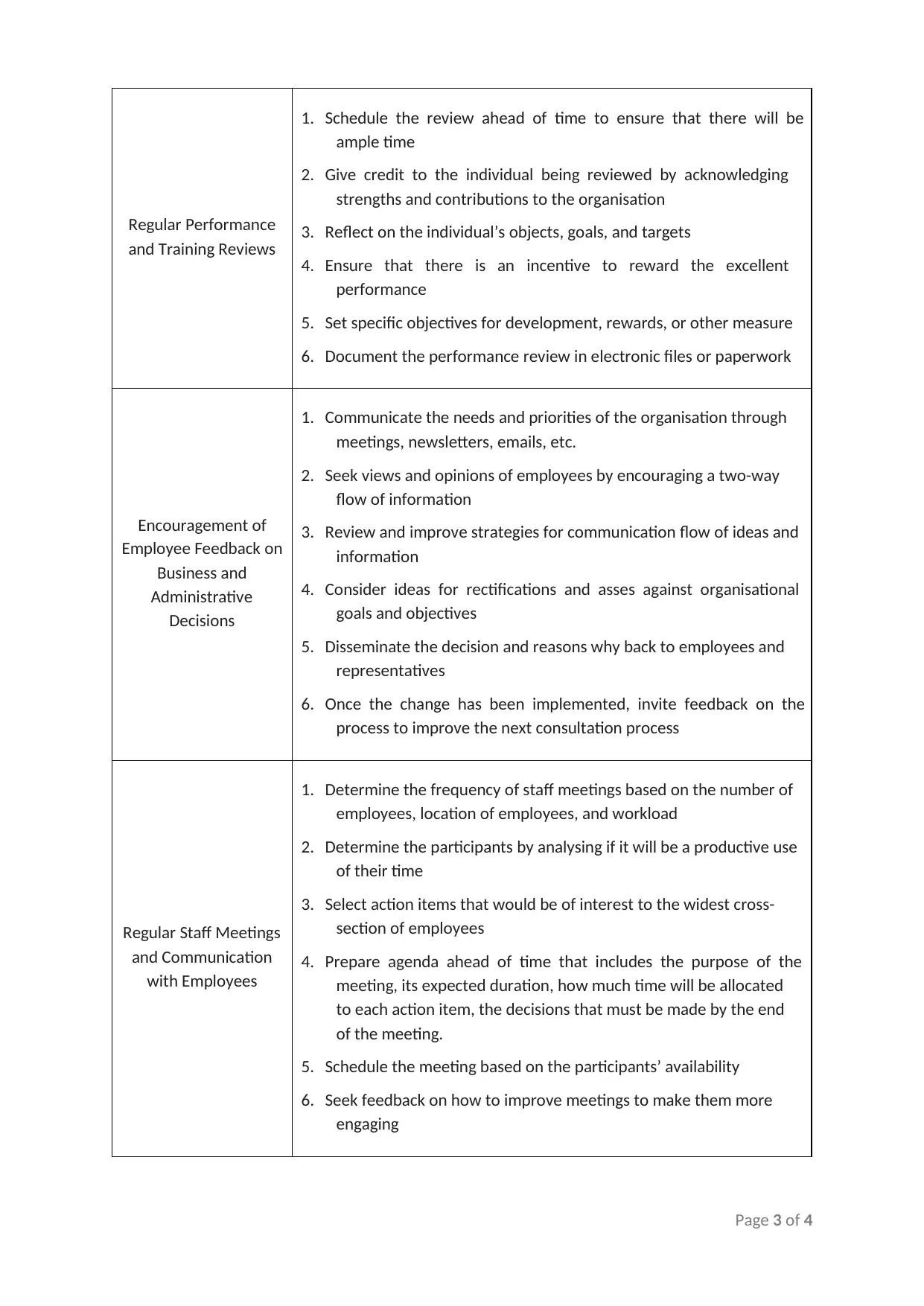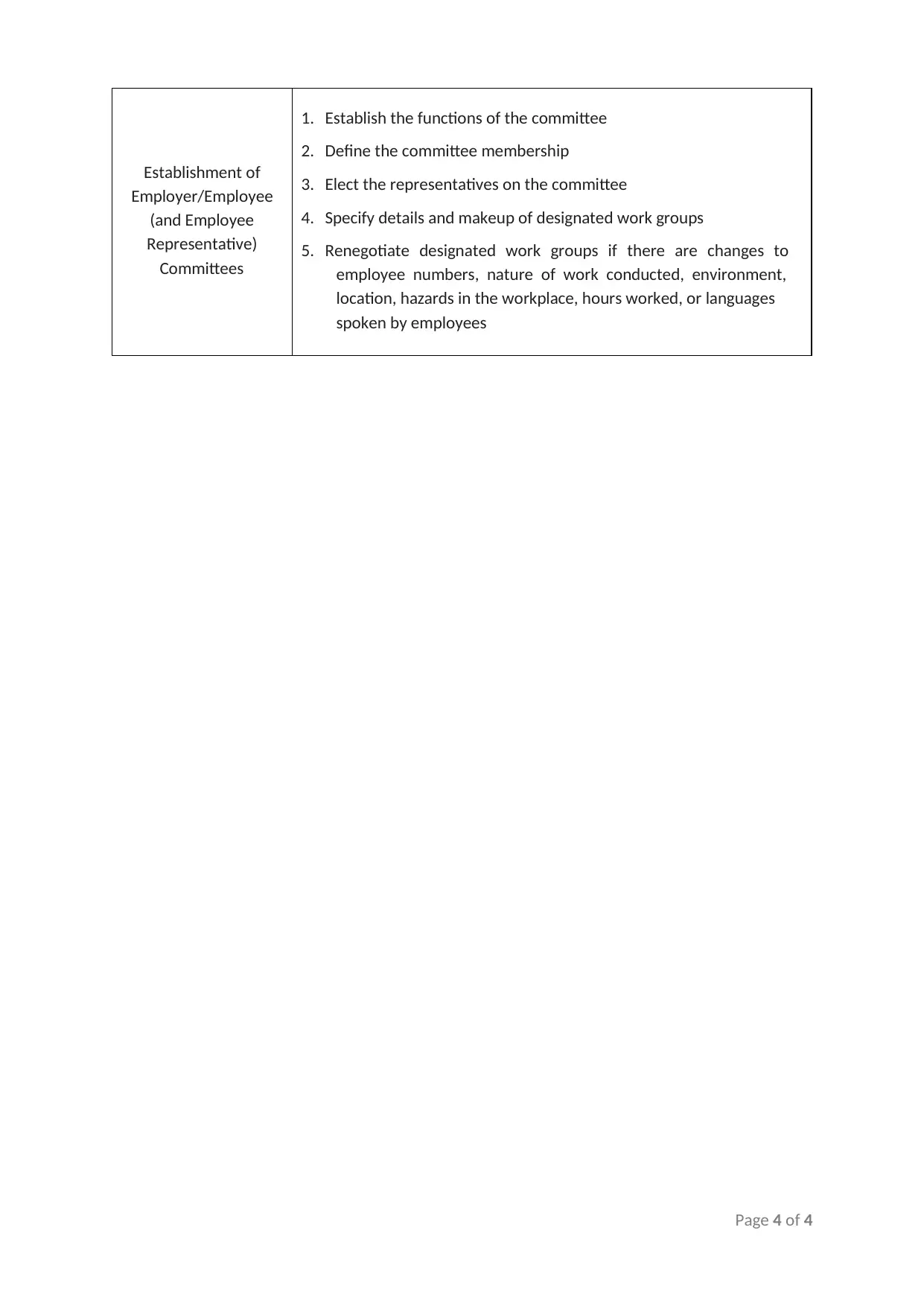Implementing Communications Policy: Bounce Fitness Report
VerifiedAdded on 2023/04/22
|4
|950
|56
Report
AI Summary
This report analyzes the Communications Policy of Bounce Fitness, a company specializing in group exercise programs and personal fitness services. The policy aims to standardize internal communication channels to ensure the accurate and appropriate dissemination of information, aligning with legislative requirements and best practices. The report details various communication channels, including bulletin boards, emails, social media, and surveys, outlining their intended uses. It further describes communication processes for handling client complaints, employee issues, and addressing factual communication gaps. The policy also covers regular performance reviews, employee feedback mechanisms, staff meetings, and the establishment of employer/employee committees. The report emphasizes the importance of clear, concise, and complete information dissemination, encouraging a two-way flow of information and employee contributions to consultation on work issues. The report is designed to facilitate effective communication and improve employee engagement within Bounce Fitness.
1 out of 4







![[object Object]](/_next/static/media/star-bottom.7253800d.svg)